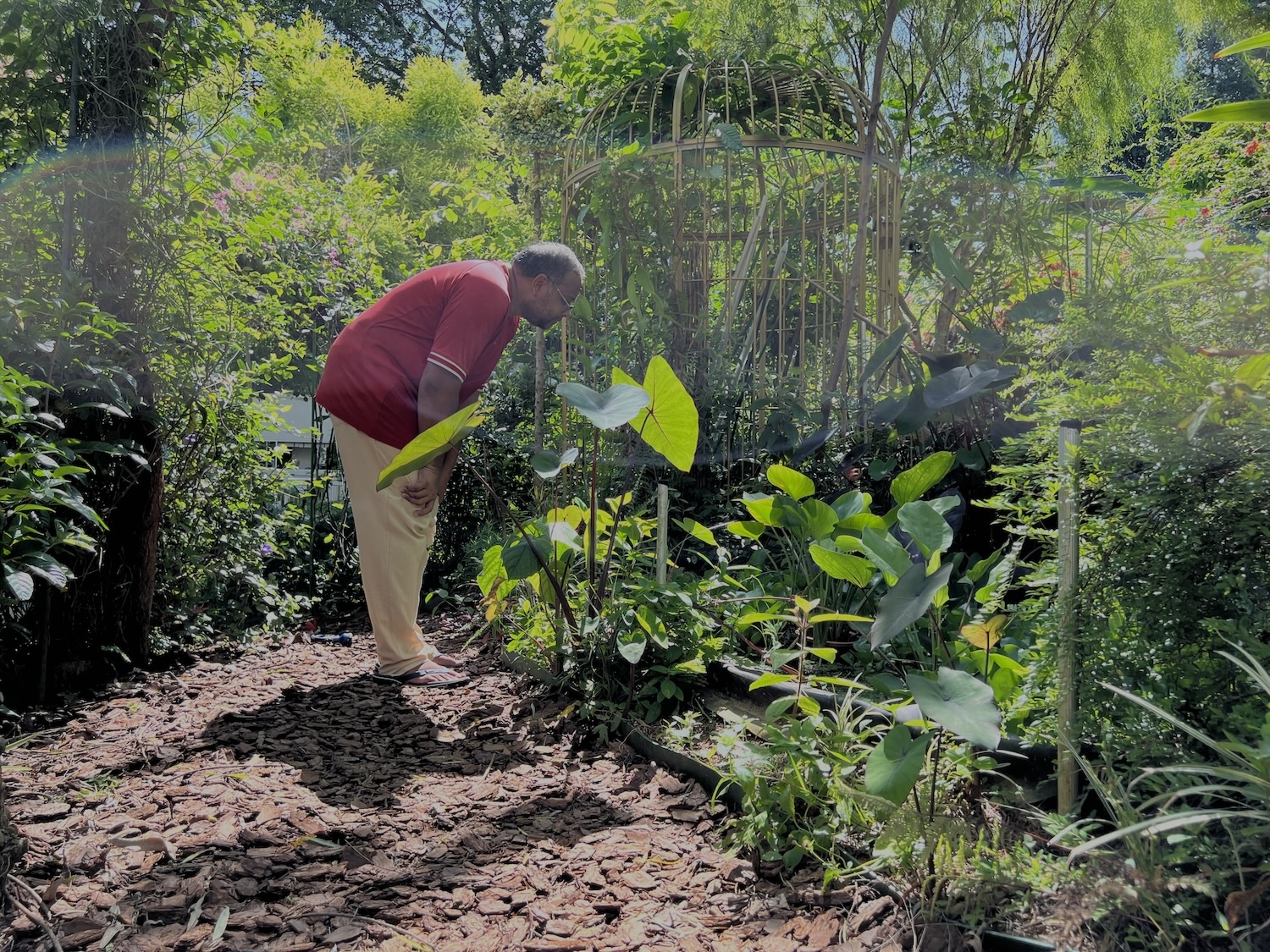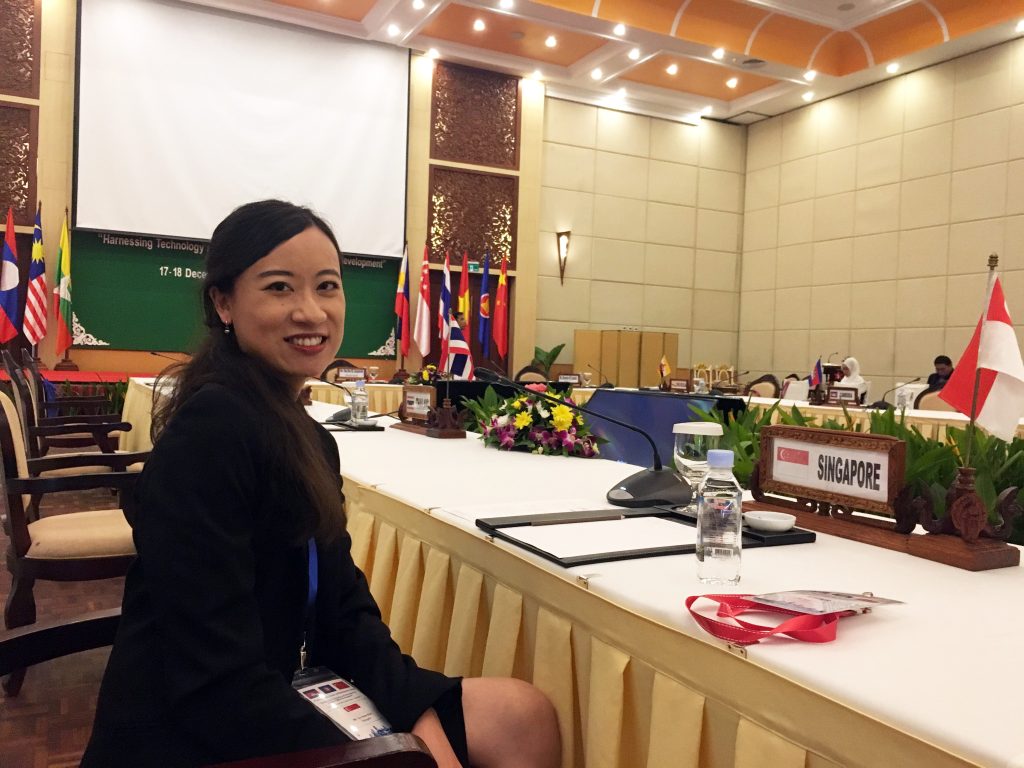Before Mr Ganesh Kumar decided to plant a pink hibiscus to honour his late mother in 2020, the hills surrounding the Woodlands Botanical Garden in Singapore were nothing more than barren slopes. Five years on, it’s become a sprawling community garden, of a height equivalent to nine storeys, with a vibrant ecosystem.
That single, bright flower on the hill quickly drew the attention of nearby residents and eventually, the government. What started as a tribute turned into a conversation starter, a space for community, and a seed for something bigger.
This is the first in SpudnikLab’s Spotlight on Citizen Science series, featuring projects and movements driven by the community, where people from all walks of life contribute to scientific efforts to protect and preserve the environment.

Budding Beginnings
Old pictures online reveal the Woodlands Botanical Garden in its early, uninspired form, but standing before the now-lush garden of over 4,000 square metres, it was hard to believe it all began as one man’s passion project.
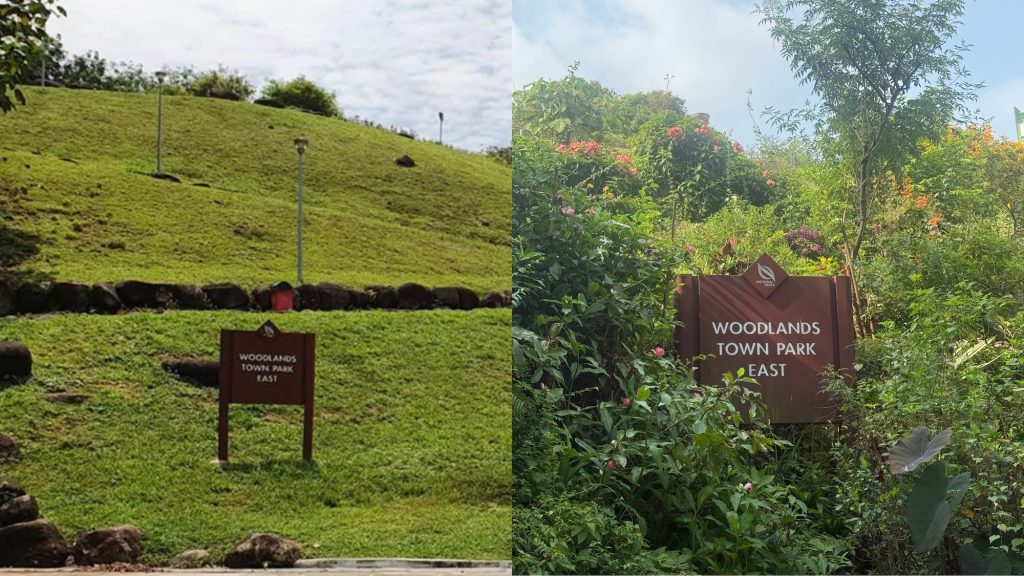
Ganesh admitted he had bought his house because of the hill, barren as it was. It had good “feng shui”, citing the belief that a “mountain behind a home” is auspicious.
All he wanted then, shaped by a childhood of family gardening, was to “plant one tree on the hill”.
As we spoke, a steady chorus of birdsong and the hum of bees filled the air, drifting through a landscape now dense with trees planted by Ganesh. Dragonflies and butterflies darted between sunlit leaves and bright flowers, alive with colour and movement.
It is that very activity that convinced Singapore’s National Parks Board (NParks) to let Ganesh grow the garden in the first place.
With a small community on the hill growing, an NParks officer approached Ganesh and informed him that planting on the hill for personal reasons was prohibited. However, a supervisor who happened to be with the officer that day intervened after noticing the flurry of activity—the fluttering of numerous butterflies, dragonflies and other insects.
“His boss just put out a hand to stop him, because the nature was speaking for itself,” said Ganesh. “This slope is 3,000 square metres and all the activity was in the 50 square metres,” he added, referring to the few plants he had planted and the butterflies they attracted.
Ganesh may have started the ball rolling with the first few plants, but it was the biodiversity that followed that ultimately persuaded the officers to give him — and the garden — a chance.
“It was nothing short of a miracle.”
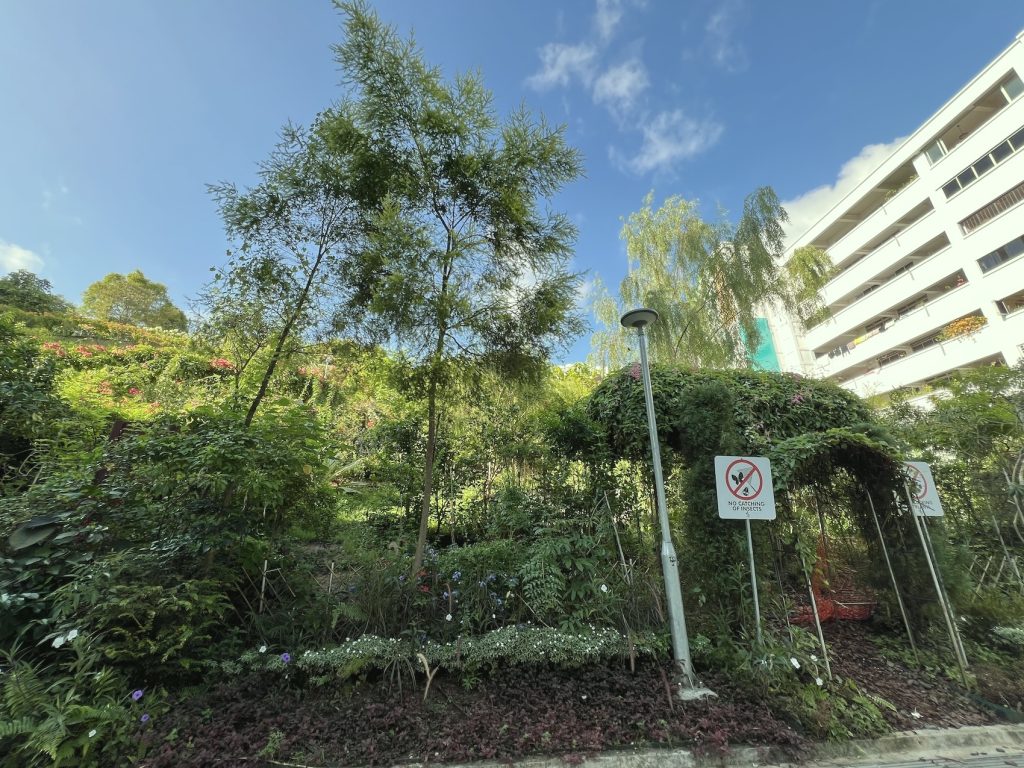
Growing a Home
While most community gardens in Singapore typically focus on edible plants like tomatoes, basil, and other vegetables, Ganesh is adamant that his garden be edible only for animals.
“When I first started, Singapore had about 2,000 community gardens, but they were all for humans,” he said. “Why not one garden serving nature?”
Perhaps that’s the reason why the Woodlands Botanical Garden now boasts over 300 species of plants and more than 300 species of animals, an incredible transformation from the lifeless patch of grass it was before.
It even shelters rare wildlife such as the threatened Common Birdwing butterfly and Fiery Coraltail damselfly, and hopefully, more will come in time.

Though biodiversity is its core, the garden has also become a hub for outreach and community building. True to its roots, no plot belongs to any one individual.
“We all look after the whole garden,” Ganesh said, adding that he’s “very proud” that the volunteering system at Woodlands Botanical Garden has been running smoothly. “I’m trying to create a space where people and nature can live in harmony.”
Every Saturday, volunteers arrive to weed, pluck, plant, and tend to the garden’s needs. There’s no need for a group chat, the routine is understood: Saturday mornings are open to “whoever feels like coming”.
Still, building a green oasis from the ground up isn’t without its challenges. The garden’s sheer size remains a constant hurdle. Maintaining and mapping out every corner requires continuous effort — and Ganesh funds the project entirely out of pocket.
Yet, for him, the payoff is beyond question.
“I saw an ecosystem develop from nothing, and I think that is a privilege.”
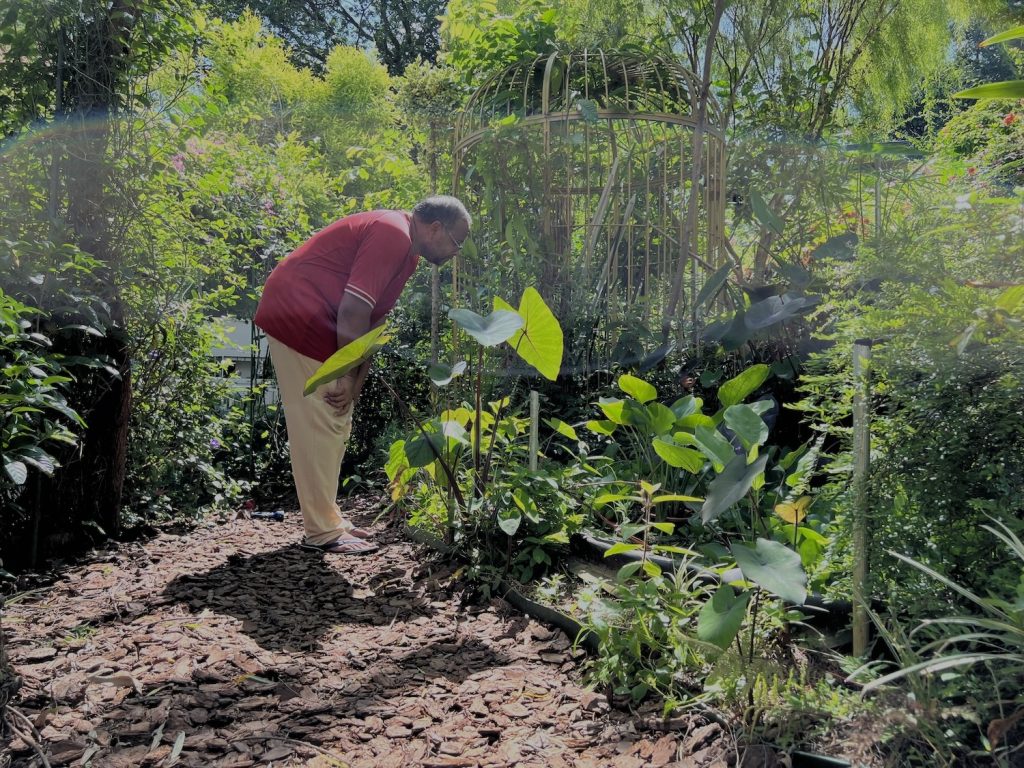
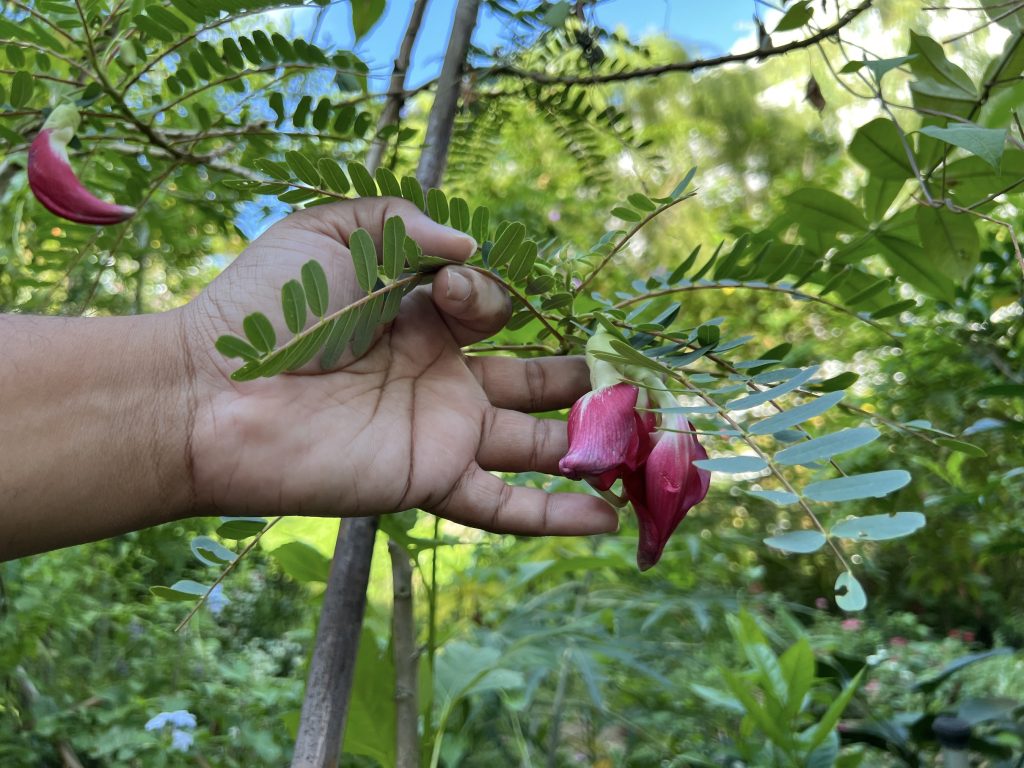
Citizen Science
Beyond being a haven for biodiversity, the garden also champions citizen science — inviting learning, curiosity, and hands-on action to protect the environment.
Every month, WBG holds a BioBlitz event where participants explore the garden and log wildlife sightings on the iNaturalist app, contributing data to Singapore’s natural records.
Used by thousands globally, entries can be accessed by experts who help identify or verify logged species. Every observation on the app feeds into biodiversity research, with findings shared through scientific data repositories like the Global Biodiversity Information Facility.
“It’s important, crucial data internationally that they exist here (and are recorded into the system),” said Ganesh.
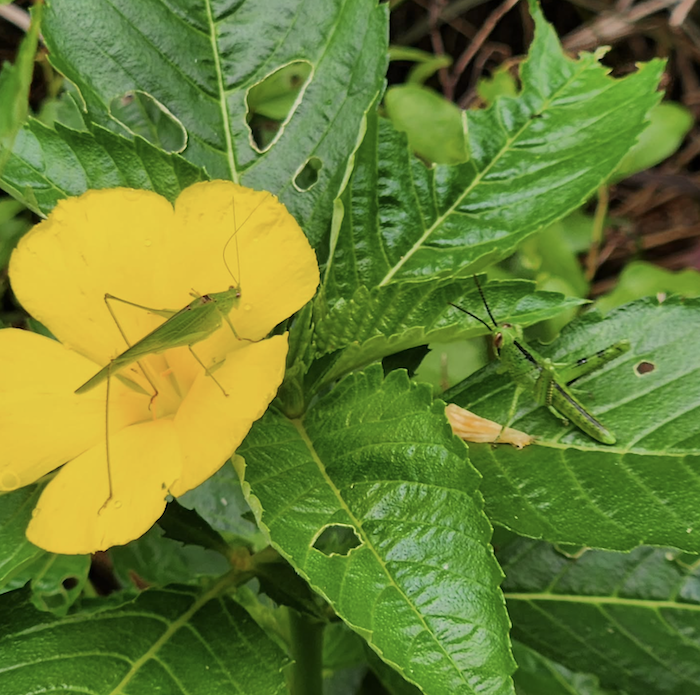
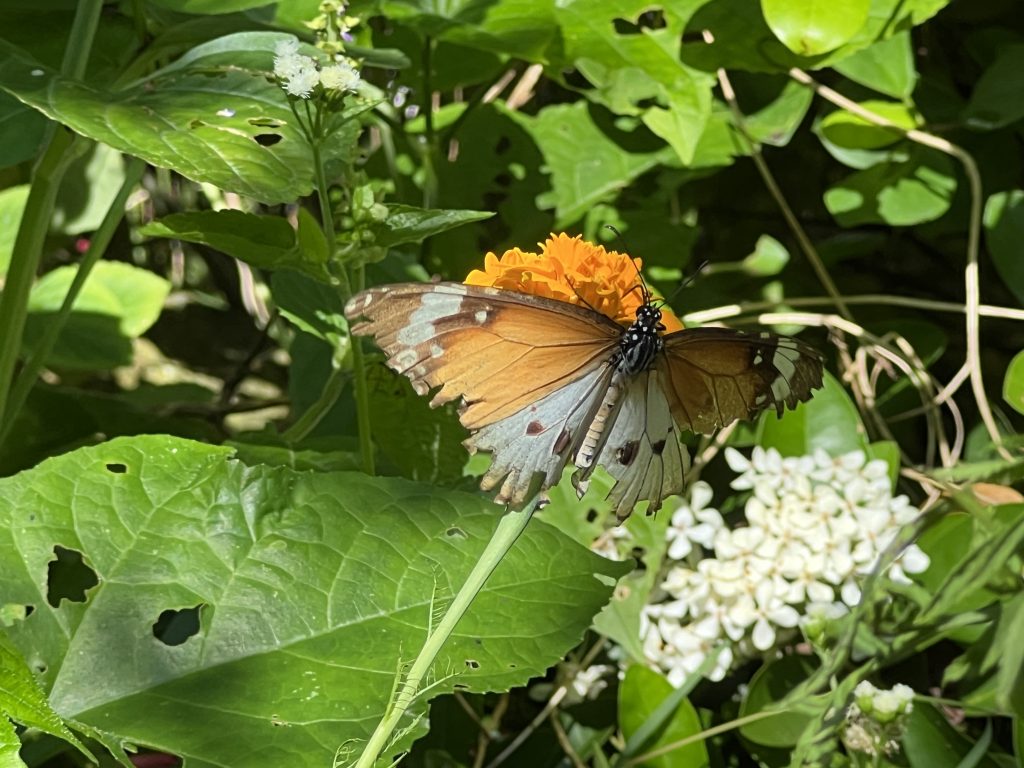
Last year, Ganesh uploaded a butterfly recording to the app, only to learn it was the Clipper Butterfly, a species considered extinct in the wild in Singapore since 1997. It was observed that the butterfly called the Woodlands Botanical Garden home for at least three weeks.
As of August, Woodlands Botanical Garden has generated 1,103 logged observations and inspired two scientific papers — one on the Clipper butterfly, the other on the Fiery Coraltail damselfly.
“Woodlands Botanical Garden has biodiversity and environmental protection as one of our key pillars for existing, and so drumming up enthusiasm and concern for our natural habitats is always a key priority for us,” said volunteer Wilson Chew, who runs the monthly BioBlitz events.
The 38-year-old first stumbled upon the garden during a walk in 2022. Seeing the once-empty hill now replaced with lush greenery, Wilson began helping Woodlands Botanical Garden secure partnerships, building its online presence, and running community events.
He believes introducing the app to people gives them a sense of agency.
“We are often paralysed by the lack of ways to make a difference; With iNaturalist, the difference is clear, we are building up a database with real numbers and progress.”
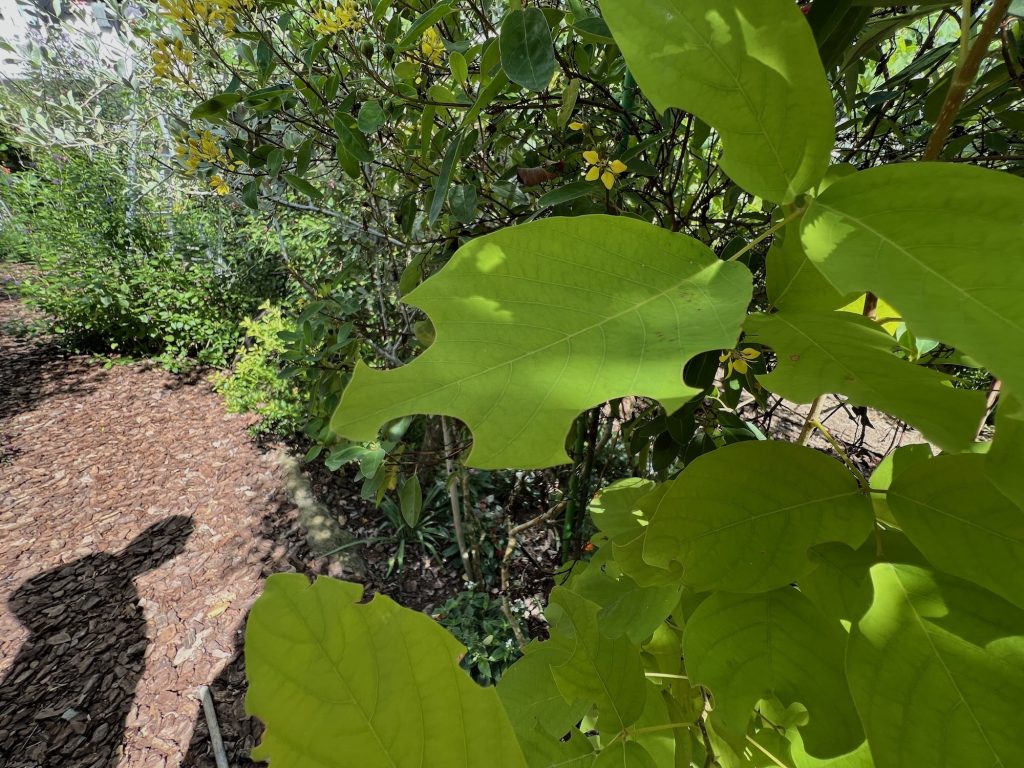
Taking photos — a familiar, low-barrier act — serves as a gateway into deeper engagement. With time, Wilson hopes it will “encourage people to take more and bigger actions towards protecting our wildlife”.
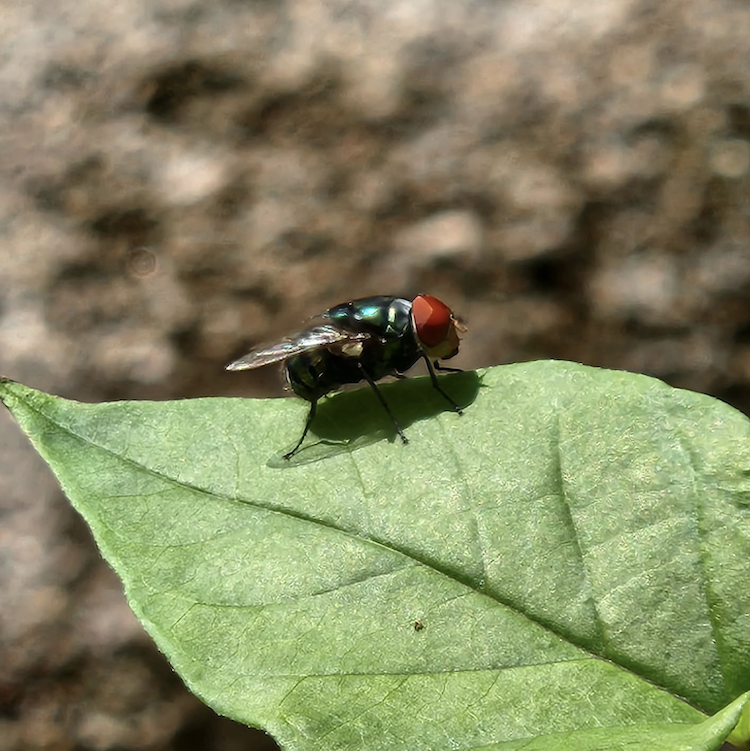
Each BioBlitz ends with a community talk, where speakers share insights on gardening, conservation, or biodiversity. Alongside experts, locals are also encouraged to start gardens of their own—or launch citizen science projects of their own.
When asked what advice he’d give to anyone starting their journey into citizen science, Ganesh said: “Don’t think too much and don’t give up. You never know what might happen, but start it.”
Visit Woodlands Botanical Garden at 134 Marsiling Rd, Singapore 730134 and follow them on Instagram.
Their BioBlitz sessions happen once a month, on a Saturday. Check out their IG for details on the next one, and their other events!
Getting there: Take any 913 bus (913/913M/913T) from Berth 13 of Woodlands Regional Interchange and alight at Block 137 Marsiling Road (Bus stop: 46071).,
